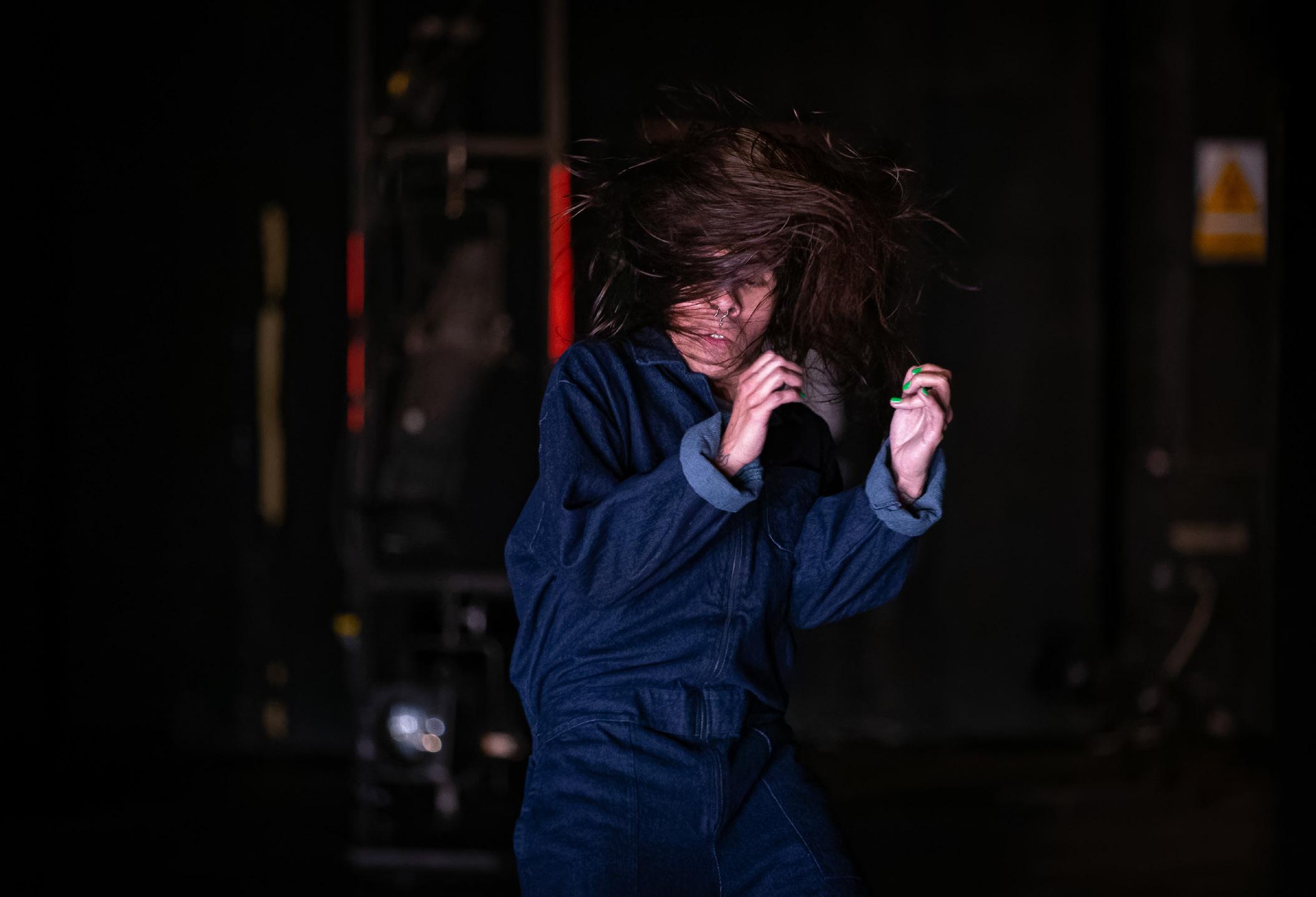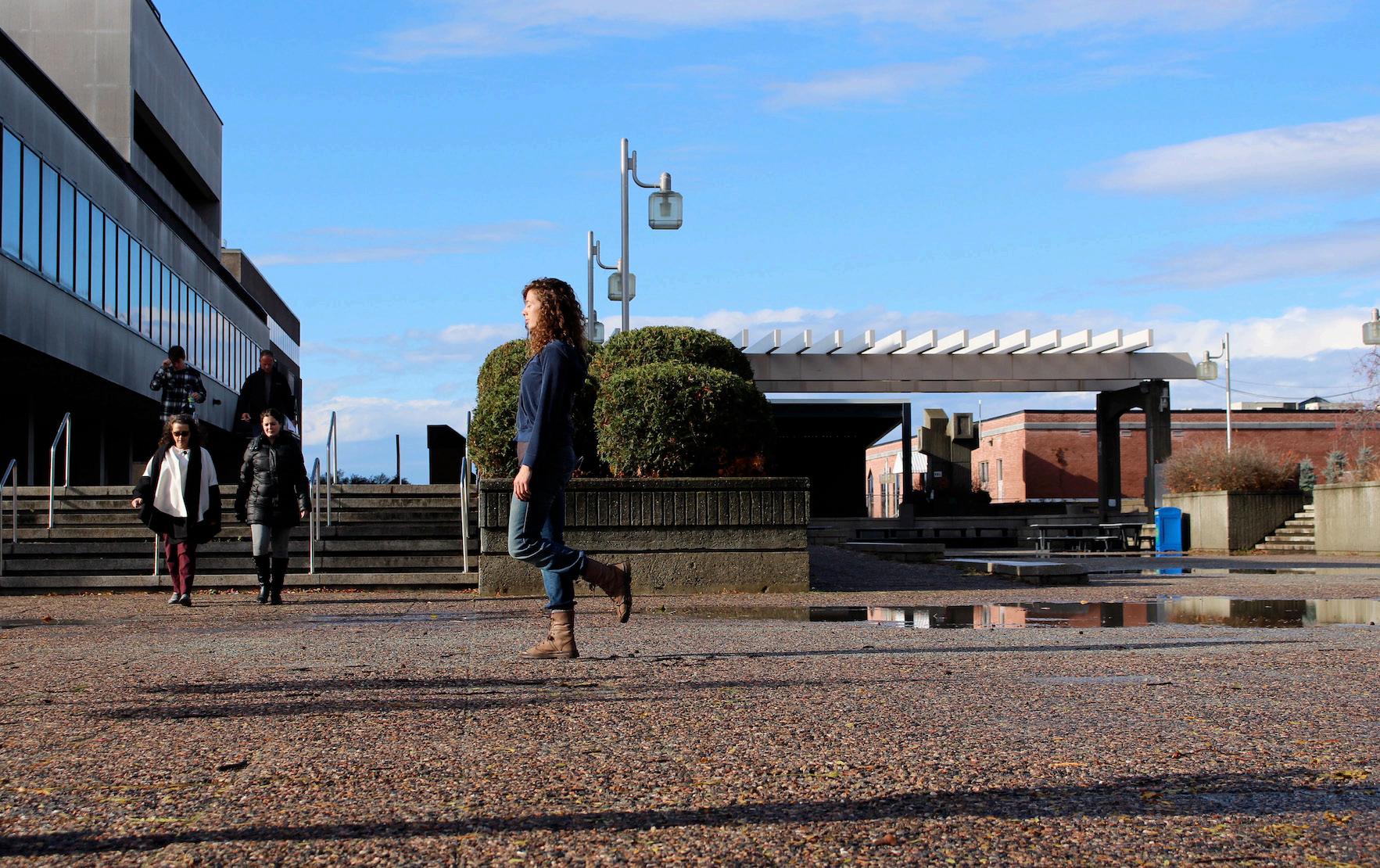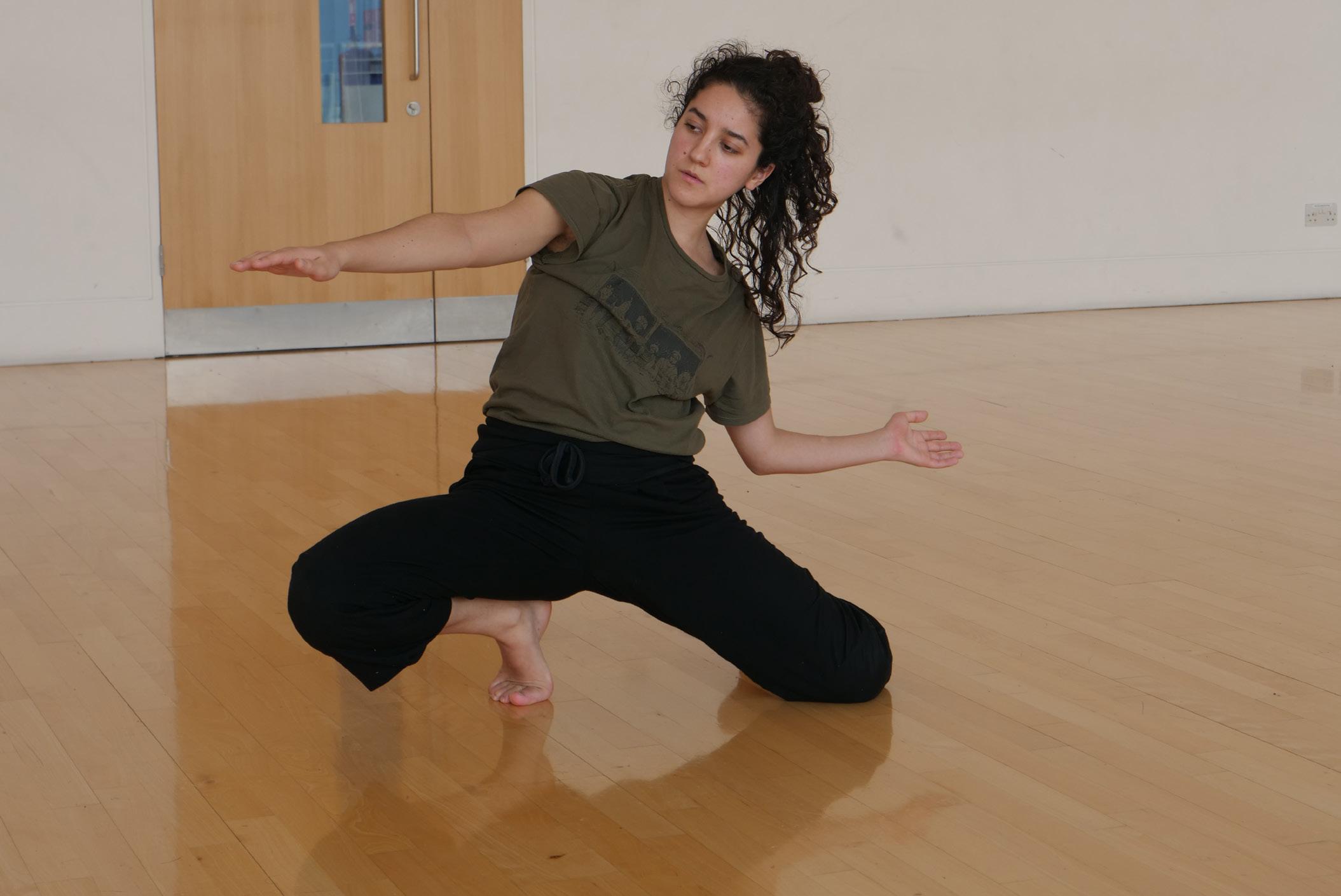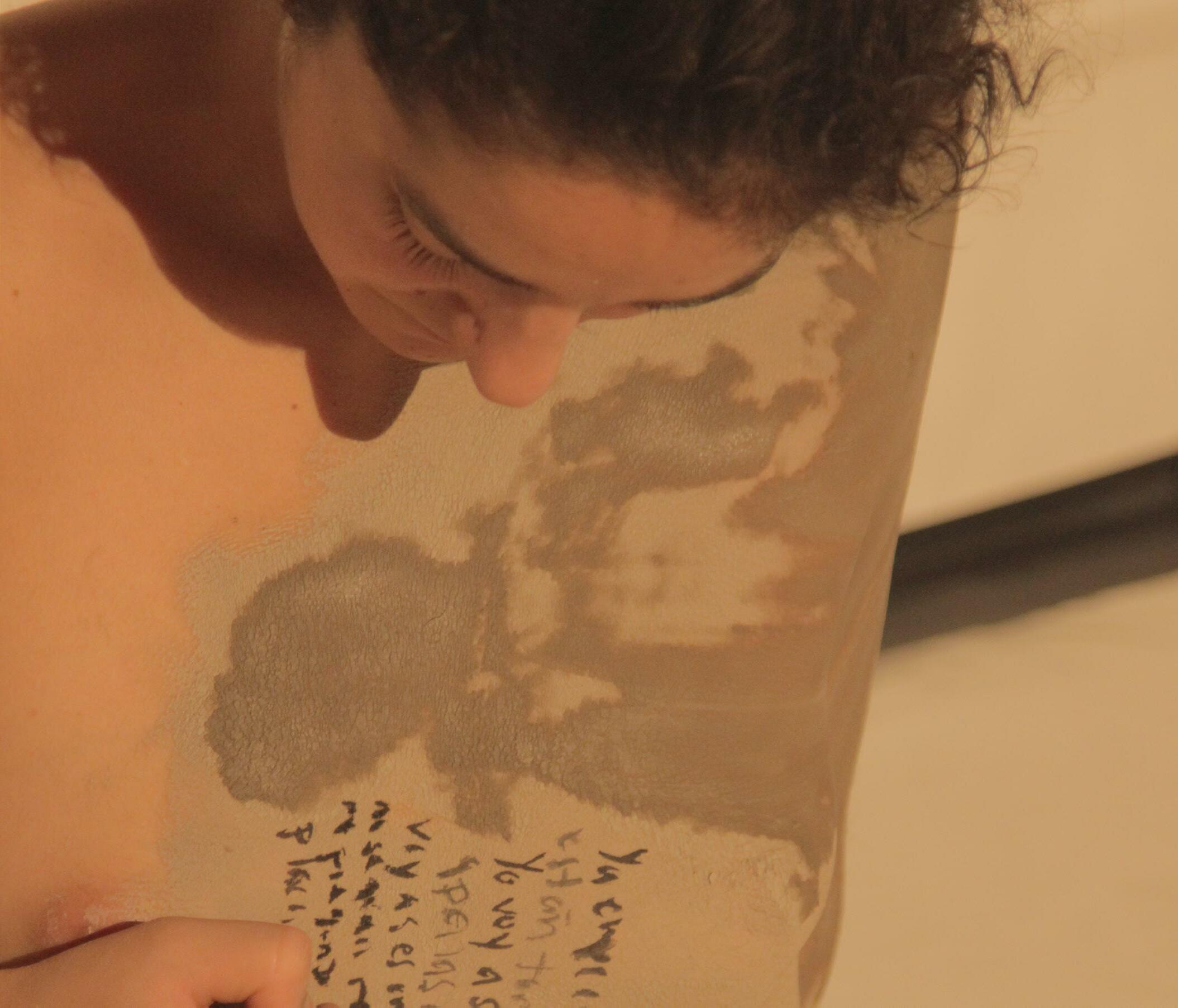

BENITO GONZÁLEZ

« The essence of performative act lies in sharing, so otherness becomes indispensable. In fact, for what I do or what I try to do, it is essential to pay attention about audience’s perspective, because if I’m looking an active role of thought on them, the performance must be well planned and well supported to achieve its mission. Of course, you can’t think your work for all audiences. I start from an ideal audience, but it is impossible to lead a single way of living or experiencing a performatic event. One thing that does not concern me is whether or not my work will be accepted by large audiences or by the majority of the public. I do not seek acceptance or empathy. I am interested in provoke an active way of thinking on spectator’s side in relation to the status quo of dance, art or life, and that thought has nothing to do with taste or morality.
I have to say that I am essentially talking to an audience that is still constantly questioning whether it is dance or not what they seeing, or an audience that is annoyed and wonders if it is right or wrong for something like this to be presented in a conventional scenario or in a certain dance festival. I used to think: what am I doing here? Why do I keep on doing choreography for dance audiences? Many people have also told me that I should look for other audiences, other venues, that I would find a more affinity audience for what I do in some other place. And I don’t think so, it is precisely the most conservative public of dance to whom I address my speech. That is where I see the real encounter, despite the obstacles that this implies. Trying to provoke a reaction on spectator’s side will always be positive, even if that reaction bothers or annoys whoever is asked.»
« J’avais envie d’écrire au sujet du temps. Dans mon cas, à l’importance de sa lenteur. Au temps d’absorption, de ces moments suspendus où l’on se permet d’observer. Et l’importance de ce regard de contemplation - nécessaire à la création - qui donne de la matière, du contenu, qui sert de réservoir d’information.
Cette attention qui tout à coup observe la chorégraphie des pigeons sur le fil électrique. Une orchestration aléatoire parfaite entre synchronisme et spontanéité. Ces petites choses qui meublent l’espace et composent des tableaux vivants en pleine rue, dans notre quotidien.
Dans mes créations in situ je choisis un lieu. Je m’y installe, je m’y perds, je reste fixe de longs moments à l’observer- à l’écouter plutôt. Les détails subtils qui le composent, et l’identifient, et qui guident une création future. Observer le mouvement des gens aussi, des corps. Et par-dessus tout, observer les gens danser, sans doute ma chose préférée au monde. De tous ces moments où je prends le temps, surgissent les pistes de création, chemins fascinants et imprévisibles.
À ceux qui m’attendent trop souvent parce que je prends mon temps… vous assistez à une création en cours!»


«
I like to call myself a dance artist as it is from there that my work expands. Choreography, writing, improvisation, teaching… all comes from that deep interest in the expressive potential of a moving body. And I don’t mean in dramatic terms, like playing a character. I am interested in the actual realness of gesture, in the simplicity of a body performing a specific task, or the feeling of negotiating the sharing of weight while dancing with others. My approach to performance has also been in relation to reflecting around the specific materiality of the body I’m inhabiting: in my case a young female body and the implications that comes considering the history of representations of that specific body.
When I encounter somatics and improvisation, a lot of things clicked, particularly in how I wanted to carry on with a creative practice that is situated in a specific context. In that sense, I give much more value on process and research than on the end result; I choose experimentation rather than making a brand of my work, I want to share an experience with an audience instead of selling a consumable product. Of course that has political implications considering we live in a society that is constantly demanding us to be productive.
During the pandemic lockdown and combined with a constant pain in my back (the kind that doesn’t let you move, so I was socially and individually stuck), I started to write compulsively.
Until then, I did not thought of writing as choreography or as a medium for experimentation. I had not realized before how much my body-based performance practice is ingrained and intertwined with my writing practice. Before I had come to that realization, I used to see both practices as two parallel roads and, somehow, I felt that I had to accept that fracture and learn to live with those two vibrant and opposing parts of myself. Is not this fracture a reflection of something deeper, of something historical? Is not the tension between dance and writing similar to that of practice and theory, feelings and thoughts, body and mind?»
RÉFLEXIONS #23

GALIA EIBENSCHUTZ

«My work possesses a formal, constructive quality related to the structure of the human body, its mechanics and the way that the body is projected in architectural space as it navigates it. Nonetheless, I seek out situations where I can observe nature and its processes of transformation and motion—this has both a direct and indirect influence on each of my projects. I’m interested in working with the physical and ephemeral character of performance art to try to document the instant at which movement takes place, though this may prove to be impossible. it is indeed this impossibility, this absurd, aimless/endless action, which interests me.
I rely on some principles of the performing arts to develop a piece while using formal constants of visual art to construct performances. I’m interested in the impact the body can have through its presence in space, while also creating introspective moments that inspire viewers to contemplate and listen.
My performance art projects condense and broaden the potential scope of my practice. They are like kinetic installations evolving in visual episodes in a given space. I use drawing as a performative action—as an act that involves an active thought process, a moment of concentration, a moment entailing a decision, entailing questions, entailing breathing.
I always leave room for improvisation within the pre-established structure. I’m attracted by the risk involved in not having everything under control—it’s a way of potentiating the action and of being in the present. I’ve been teaching a workshop, Drawing & Movement, for several years now; it allows me to experiment more freely with elements of my practice and also to train performers who then participate in my projects. This workshop is an essential part of my evolving practice.
Creating connections was a great opportunity to get to know a little bit more about each participant artists. It was a pleasant moment of sharing and listening and an opportunity to open my interests and methods with other artists, that in another way maybe i would’ve never be able to talk with. It was very interesting to observe coincidences and discrepancies and to let the talk itself influences my point of view. I ended very inspired by this meeting. I would love to understand this encounter as a first step of a deeper, active, exchange with my colleagues.
Thank you for this opportunity»
RÉFLEXIONS #24

